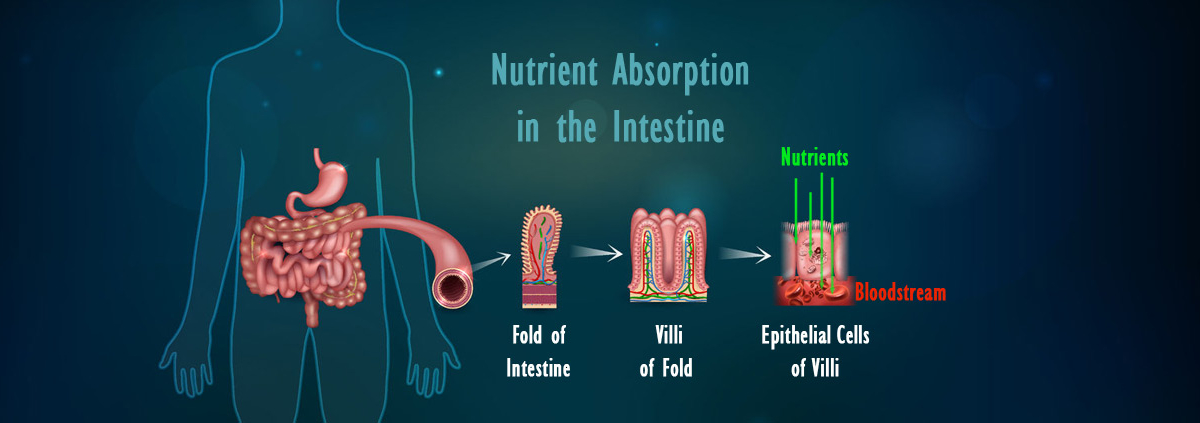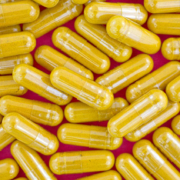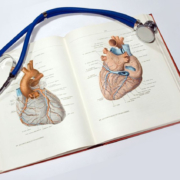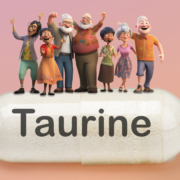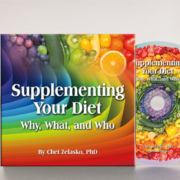Bioavailability Continues with Absorption
On Tuesday I talked about some of the processing required to get nutrients ready for absorption. The next phase of bioavailability is the absorption of the nutrient from the gut into the bloodstream. Let’s look at what’s involved.
The absorption process occurs via the intestinal epithelial cells and they vary in size and function in the small and large intestine. Some nutrients such as lipids may use a passive process to be absorbed. Sugars, amino acids, and others will use an active process involving transporter enzymes as well as using energy to be absorbed. Vitamin B12 absorption is much more complicated; it requires something called intrinsic factor and then is passed to another protein carrier for absorption.
Here’s where absorption can go wrong. Maybe you don’t produce enough of a transporter enzyme for one or more amino acids. Perhaps you have a condition such as irritable bowel syndrome, and some of the areas where absorption occurs are missing. There are more scenarios related to absorption, but they can all lead to a lack of bioavailability. Then there’s the fact that all our bodies are the tiniest bit different. Because most absorption studies are done with simulations of the digestive system cells, product claims of greater bioavailability can easily differ from what actually goes on in your digestive system.
Let’s say that you have digested and absorbed a nutrient. Does that mean your body will actually be able to utilize the nutrient? That’s the topic of Saturday’s Memo.
What are you prepared to do today?
Dr. Chet
Reference: http://bit.ly/2raDviy

